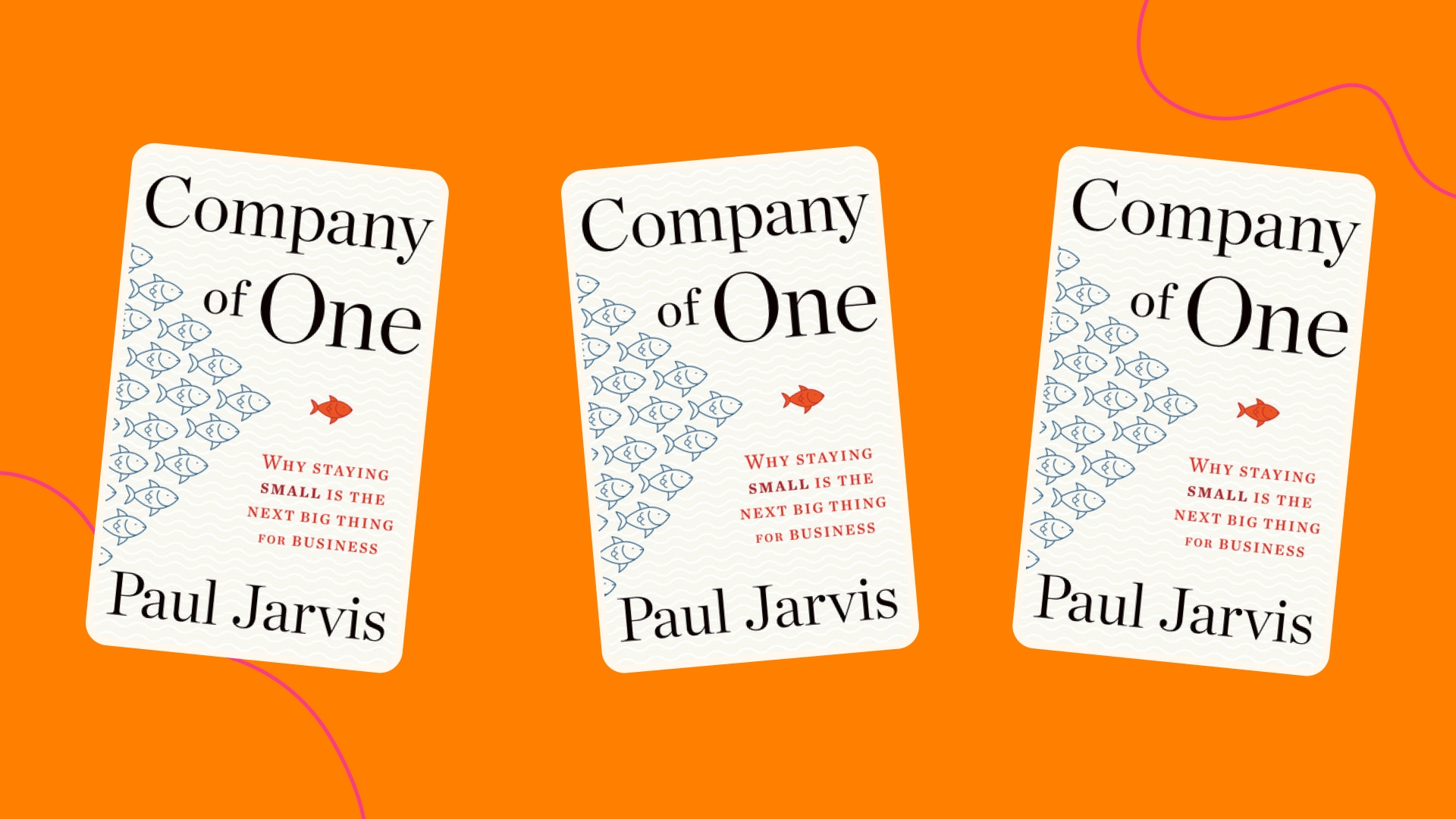This final chapter (aside from the Afterword) discusses Jarvis’ personal business story in how and what he had to go through in order to create his company of one (p. 198).
He first started his professional career working for an agency, where he built and designed websites. He did not like the unloyalty the agency and to its customers, as they prioritized the quantity of their work over the quality. The day after he quit, some of his past clients (that he served while working for the agency) called him upon hearing he was no longer with the company. They had recognized his desire to deliver services and products of a higher quality to them and they wanted to take their business wherever he went because of this (p. 199). This is a great example to see how some of the processes and methods that he analyzed previous throughout the book (using other entrepreneur’s examples) worked for him.
He began by offering free help in small doses. He would look for people with questions he had the answers to, without pitching or selling himself (just simply offering advice) (p. 203). This is a great way to build genuine connections, as oftentimes people can sense when someone is trying to build a superficial connection for their own benefit or with ulterior motives behind it. He touches on a lot of great point corroborated by an article published in Forbes, such as starting with the right intent and asking questions that build positive energy (Inam, 2018). Being helpful towards customers can in turn promote lead generation for one’s company. This goes hand in hand with a point made in a previous chapter’s analysis. Customer education (teaching customers can likewise help them and be helpful to them) can also result in lead generation (Cleverism, 2021).
In discussing the financial side of starting a company of one, Jarvis advises us to reflect on two questions. “In the beginning, can you reduce any of your expenses so that you can do less work to be profitable each month? And how likely is it that you’ll get the number of clients or customers you need each month to be profitable?” (Jarvis, 2020, p. 207). These same two questions must be asked about the company’s expenses, product, and pricing. You also what to focus on getting the initial version of your product to the market quickly to start building revenue (p. 208).
Jarvis concludes this chapter with the following thought-provoking messages. The following has been retrieved directly from his book.
BEGIN TO THINK ABOUT
- Your purpose or reasoning in starting your own company of one, and whether it will hold up over time
- How you could start your own company of one right now, with some first version of what you want to do
- What you need to do to set up your company of one correctly and responsibly, both legally and financially (p. 214).
Click here to view all references for this post.

